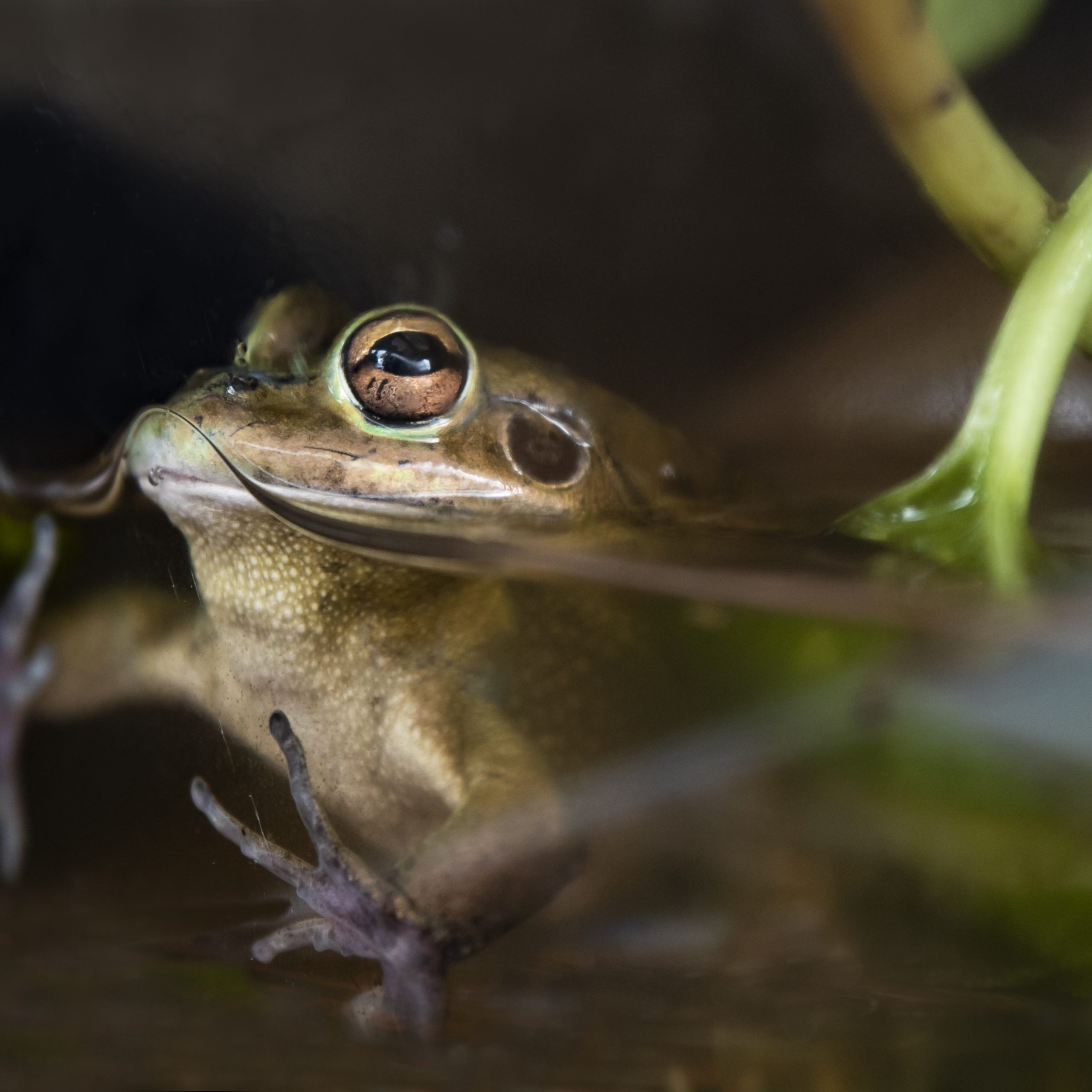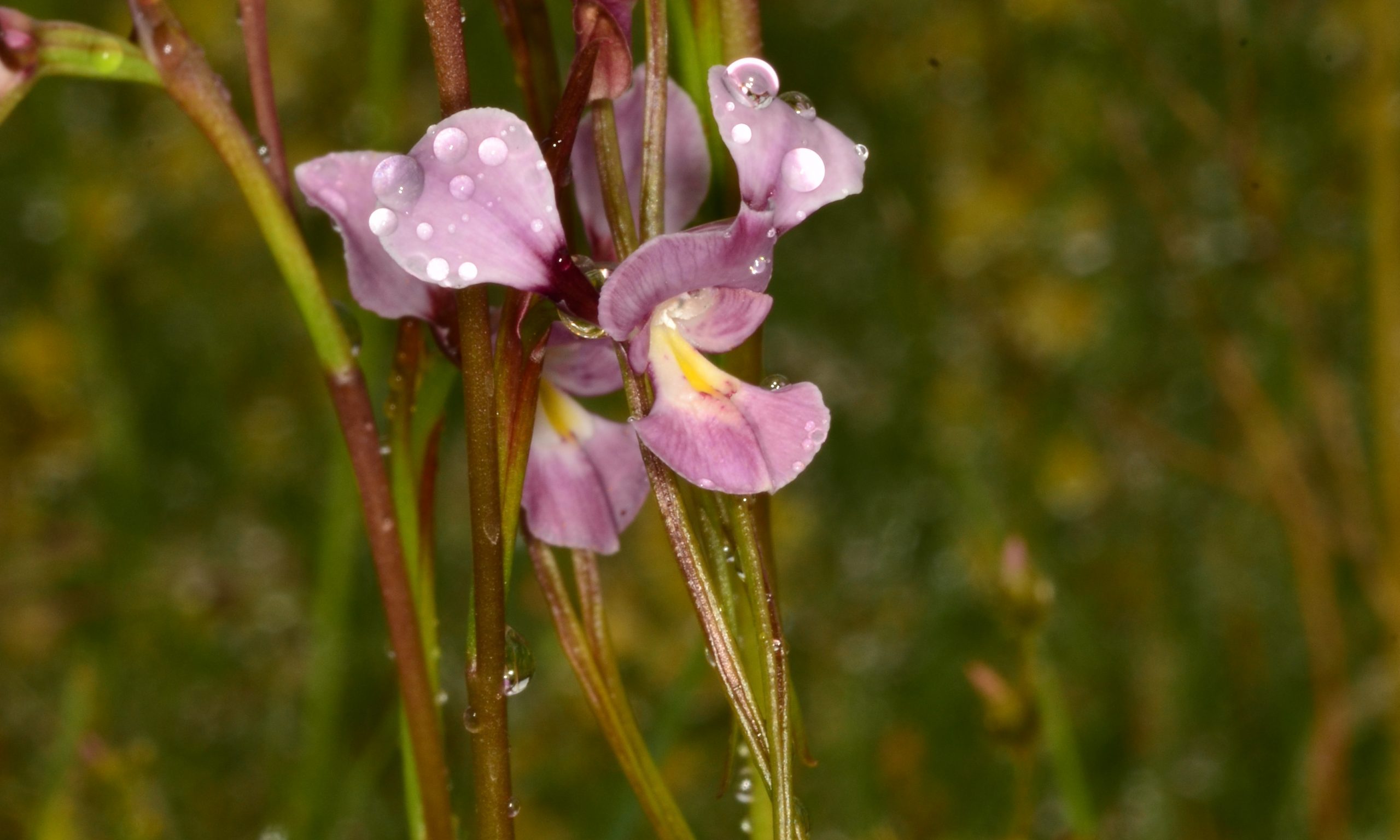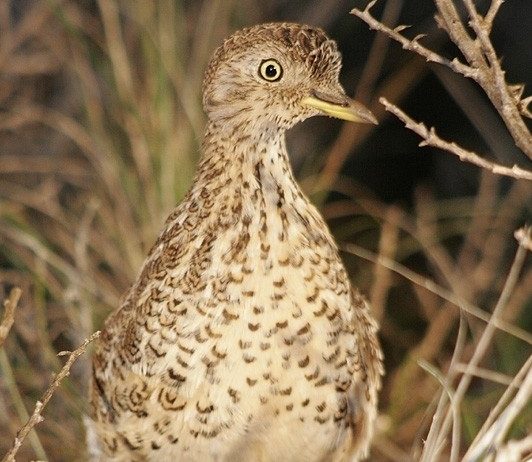Protecting threatened species
What is biodiversity?
From the birds we hear singing in the bush … to ancient, awe-inspiring forests … to woodlands and plains covered in stunning wildflowers — it’s all biodiversity. Biodiversity is the living variety of nature, including species, ecosystems and every unique individual animal and plant.
Biodiversity is a source of wonder, but it also makes the planet livable for us. From cleaning air and water, to supplying resources like food, timber and medicines, to a patch of cool shade on a hot day, biodiversity is what makes the world home.
When we harm biodiversity, we’re also harming ourselves.


Habitat matters
Habitat is the home of animals and plants, from forests to deserts, rivers to oceans. All species have their own unique habitat needs. Some species depend on the hollows that form in old trees. Others need logs on the ground, or shallow, temporary lakes, or the cracks that form in drying mud.
Habitat supplies food, shelter, and everything animals and plants need to live. They can’t survive without it.
When habitat disappears, so do the species that depend on it.
People are destroying habitat and making it less livable for wildlife, by clearing land, introducing invasive species, and changing water flows and fire patterns.
In Victoria, Traditional Owners cared for Country and looked after the land for millennia.
Since colonisation, half of Victoria’s native vegetation has been cleared, the highest rate in Australia.
On private land over 80 per cent of native vegetation has been lost. It’s vital that we protect and look after what’s left, and restore as much as we can.
Saving species
When animals and plants lose their habitat, their populations decline, and they might even become extinct.
In Victoria, nearly 2,000 species are on the pathway to extinction. 50 species of animals and plants have already disappeared from the state forever.
Protecting habitat is the best way to prevent more species becoming extinct.
In our Statewide Conservation Plan, we’ve identified species that can benefit most from protecting habitat on private land. You can meet some of them below.
So far, 437 species of threatened animals and plants have been recorded in habitat protected through Trust for Nature. With your help, we can protect even more habitat and more species.


Plains-wanderer
Habitat: Grasslands
Risk of extinction: Critically endangered
Habitat found on private land: 97%
The Plains-wanderer is one of the world’s most unique birds, found only in the grasslands of inland eastern Australia. Unlike many other species, it is the females that are more brightly coloured and display to attract mates, and the males which incubate the eggs and raise the chicks. With most native grasslands cleared since colonisation, the Plains-wanderer is now one of the species most at risk of extinction. Plains-wanderers need grassland that is not too thick and not too sparse. Grazing and cultural fire can be important tools for looking after this birds’ habitat. So far, Trust for Nature has protected nearly 1,000 ha of habitat for Plains-wanderers and other grassland species.